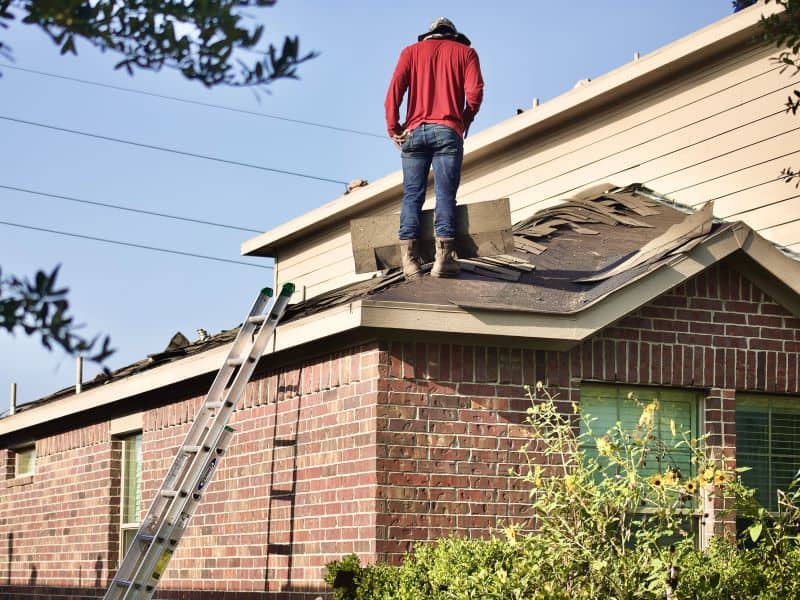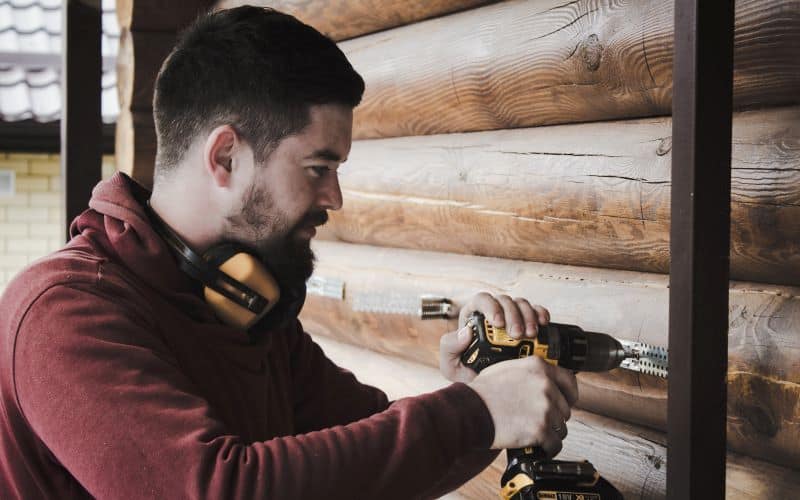As a homeowner, you’ve probably faced this dilemma before: something breaks or wears out in your home, and you’re left wondering whether it’s better to fix it or replace it. It’s a common conundrum, and the decision isn’t always straightforward. After all, there are several factors to consider, including cost, the age of the item, and your long-term plans for your home. In this comprehensive guide, we’ll help you navigate this decision-making process and make the best choice for your unique situation.

Assess the Damage
The first step in deciding whether to fix or replace something in your home is to assess the extent of the damage or wear and tear. Take a close look at the item in question and determine if it’s a minor issue that can be easily repaired or if it’s a major problem that might require a full replacement. For example, if you have a leaky faucet, a simple repair, like replacing a worn-out washer, may do the trick. However, if the faucet is corroded and beyond repair, it’s time to consider a replacement.
Seek Expert Advice
If you’re unsure whether to fix or replace, don’t hesitate to seek expert advice. Consult with professionals in the relevant field, such as appliance repair technicians, plumbers, electricians, or contractors. If you are fixing the roofing, consulting an experienced residential or commercial roofing expert is crucial. Deciding whether to repair or replace your roof can be extremely complex and getting an expert opinion is the best way to make an informed choice. Additionally, consider getting multiple quotes for repairs or replacements to ensure you’re getting the best possible value for your money.
Cost Analysis
One of the most significant factors in your decision-making process should be cost. Compare the cost of repairing the item to the cost of replacing it. Sometimes, a repair can be a cost-effective solution, especially if it extends the life of the item significantly. Let’s take the example of a malfunctioning refrigerator. If a minor repair can solve the issue and cost a fraction of the price of a new fridge, it’s often a no-brainer to opt for the repair. However, if the repair costs are substantial and the refrigerator is nearing the end of its lifespan, it might make more sense to invest in a new, energy-efficient model that will save you money in the long run.
Consider Age and Lifespan
The age of the item in question plays a crucial role in your decision-making process. Most household appliances and systems have a typical lifespan, and if your item is nearing the end of its expected life, it may be wiser to replace it rather than pour money into constant repairs. For instance, a water heater typically lasts around 10-15 years. If your water heater is 12 years old and has had multiple repairs in recent years, it’s likely a better investment to replace it with a more energy-efficient model that will serve you well for another decade or more.
Energy Efficiency
In today’s environmentally conscious world, energy efficiency is an essential factor to consider. Newer appliances and systems are often more energy-efficient than their older counterparts. When deciding whether to fix or replace, think about the long-term savings on your energy bills that a more efficient model can provide. Take heating and cooling systems, for instance. Older HVAC systems tend to be less energy-efficient, resulting in higher utility bills. Investing in a modern, energy-efficient system may cost more upfront but can pay for itself over time through reduced energy costs.
The Emotional Connection
Sometimes, the decision to fix or replace an item goes beyond practical considerations. Sentimental value can be a significant factor in your decision-making process. If an item holds special memories or has sentimental value, you may be more inclined to repair it, even if the cost is relatively high. For example, an antique piece of furniture passed down through generations may be worth the expense of a professional restoration, preserving its historical and sentimental value.
Future Plans for Your Home
Consider your long-term plans for your home when making the fix-or-replace decision. If you’re planning to sell your home soon, it’s essential to weigh the potential return on investment for any repairs or replacements. Investing in improvements that increase your home’s value, such as updating a dated kitchen or bathroom, can be a smart move if you plan to sell. However, if you’re staying in your home for the long haul, focus on upgrades that enhance your quality of life and comfort.
Environmental Impact
In our environmentally conscious era, it’s crucial to consider the environmental impact of your decision. Repairing an item can be a more sustainable choice than replacing it, as it reduces waste and conserves resources. However, this isn’t always the case. When evaluating the environmental impact, consider factors such as the energy efficiency of the repaired item, the materials used in the repair, and whether recycling or disposing of the old item is done responsibly.

In the ongoing saga of homeownership, the decision to fix or replace something in your home is a significant chapter. By carefully assessing the damage, considering costs, age, energy efficiency, and your long-term plans, you can make a decision that’s both financially sound and aligned with your goals.
Remember that there’s no one-size-fits-all answer to this question. Each situation is unique, and the best choice will depend on a variety of factors. So, the next time something in your home breaks or wears out, you’ll be better equipped to make the right decision – whether it’s a simple repair, a major replacement, or something in between. Happy home maintenance!
